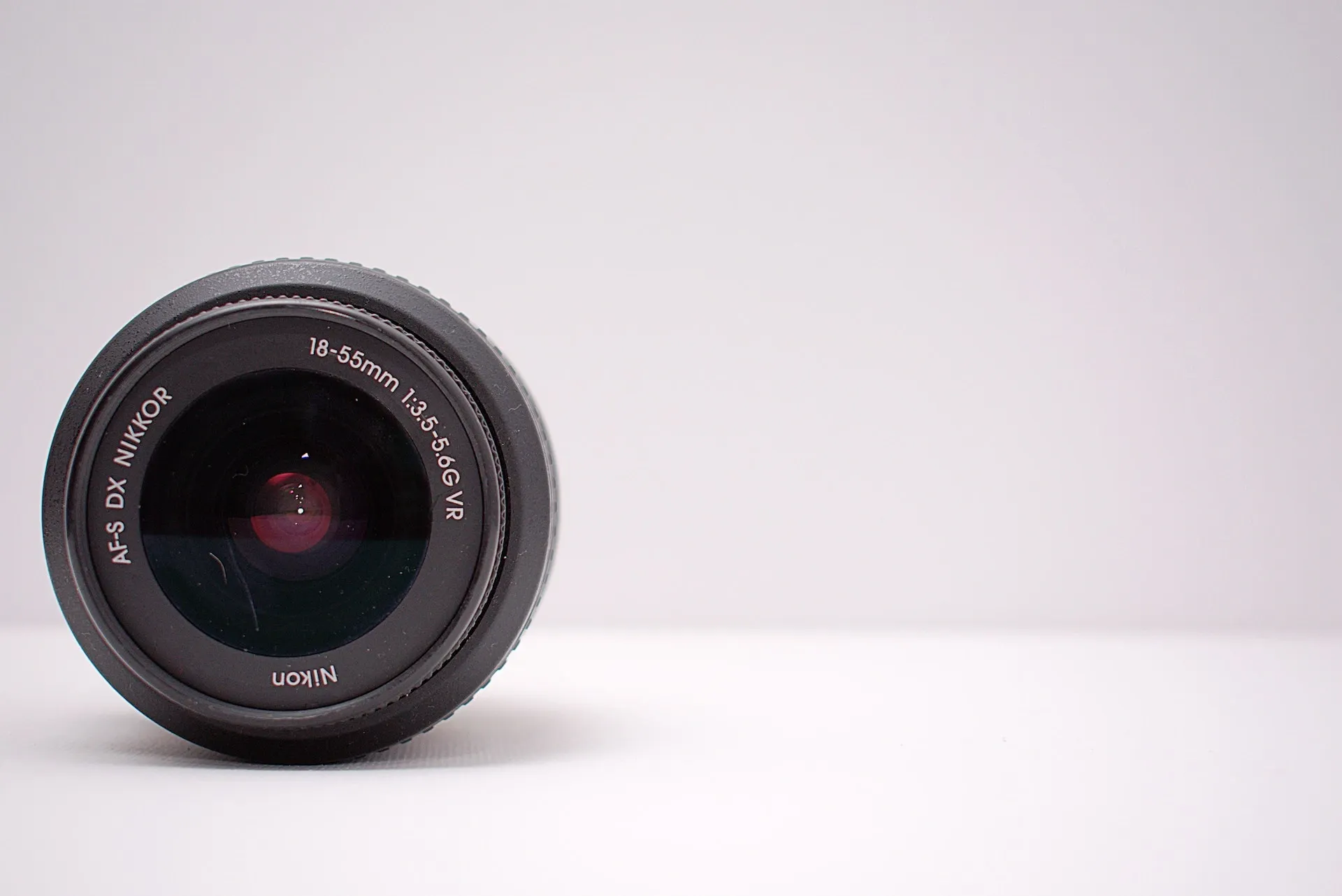Camera lens quality: 6 things to look out for
Camera lens quality is a tough topic to crack. Let’s discuss what to look for so you can understand which camera lens is right for you.

The more money you spend on a camera lens, the better you’d guess it is. But just how do you judge a camera lens’ quality? Epidemic Sound ambassador ZY Cheng has broken it down into six key components – check them out below.
Do lenses improve picture quality?
Does a camera lens affect picture quality? Absolutely. Just like when you use a gimbal or drone, your footage is only as good as your equipment allows. You’ll need a carefully chosen, clean camera lens that’ll help you capture the perfect shot every time.
Let’s guide you through those six points ZY mentioned.
Sharpness
Most people associate image quality with sharpness. There’s a little more to it than that, but it’s reasonable to use sharpness as a measuring stick, as it’s one of the first things you’ll notice about an on-screen image.
This sharpness is referred to as lens resolution, and measures the capability to resolve fine detail. A high-resolution lens will reveal texture and detail in crystal-clear fashion, whereas these details may appear smudgy on a lower-resolution model, despite being in perfect focus.

Folks are mainly concerned about a lens’ resolution at its widest possible aperture, as the sharpness will improve once you stop the lens down. Lens resolution is measured in line pairs per millimeter (lp/mm), which can be found online via most manufacturers’ modular transform function (MTF) charts. An MTF chart shows how a lens’ sharpness changes from the center to its edges – sharpness tends to be clearer in the former than the latter.
Vignetting
You’ll often find vignetting toward the edges of your frames. This means that the edges of the frame appear slightly darker than the center, and generally speaking, a high-quality lens will display less vigenting. Similar to sharpness, vignetting – or lack of vignetting, in this case – improves once you stop down the aperture on your lens.
Given that everything’s digital nowadays, vignetting isn’t too much of an issue. It can easily be removed with video editing software, and some cameras even allow real-time correction for lens vignetting.
Sometimes, though, vignetting can look nice if it fits a specific vibe, as it draws attention to the center of your frame. In this case, just like removal, the addition of vignettes is easy as A-B-C in post-production.

Chromatic aberration
It sounds pretty technical, but don’t worry. Chromatic aberration, also known as ‘color fringing’, happens when those green or magenta edges seem to ooze from your subjects. They’re mostly visible around high-contrast areas, especially when your subject is transitioning in and out of focus.
Some lenses suppress chromatic aberration better than others, but as long as it doesn’t get to the point of being a distraction, it’s natural to have some amount of chromatic aberration visible. After all, that’s how it looks in real life!
Lens flare
This one’s a hot potato, given that people can’t work out if it’s a pro or a con. We are, of course, talking about lens flare. This happens when a bright light source appears in your shot or is obstructed by a subject, causing those magic little squiggles of light to dance across the frame.
Modern lens manufacturers work tirelessly to design lenses that suppress flare while keeping the contrast within your frame. However, some lenses are actually designed and desired for their tendency to flare. Said lenses can exhibit beautiful, unique flare patterns that’ll help you achieve a stylized, abstract feel. If you’re not going for that, though, the high-quality lens you choose should produce as little flare as possible.

Coma
This doesn’t come up anywhere near enough when discussing camera lens quality, so if you’ll excuse the pun, we’ll shine a light on it. Coma happens when you’re capturing a tiny speck of light, and ‘wings’ start to grow from the sides – it’s no longer a perfect dot.
Coma happens most commonly in astro-photography, when they’re dealing with tiny subjects like stars. The better your lens, the less coma, and the cleaner the dot/star in question will be.
Lens distortion
There are two types of lens distortion, both of which actively affect the image within your frame. Pincushion distortion causes subjects to stretch toward the edges, while barrel distortion causes them to bulge in the middle.
Unless you’re trying to recreate a carnival house of mirrors, you probably don’t want lens distortion in your work! Minimal distortion is a sign of quality, and if your lens does do this, most modern cameras can make corrections on the fly.

So, in a nutshell, these are the six things you should ask about and research before buying a new camera lens. They aren’t cheap and can make or break your content, so it pays to do your homework. Go in with as much information as possible so you can make an informed, confident purchase that you’ll be happy with.
Another element that’ll take your content to the next level is the soundtrack. If you’re struggling to find a song that conveys the exact mood or feel of your footage, why not check out our catalog of 50,000 tracks?
Our catalog is high-quality, affordable, and safe. An Epidemic Sound subscription goes beyond royalty-free music, removing the headache of licensing and freeing you up to do what you do best. You can enjoy the safety of our license hand-in-hand with our massive catalog, covering just about every genre you can think of. You’ll also gain unlimited access to our advanced search functions — finding the right sound’s never been easier.
It’s better than royalty-free. It’s worry-free. Get started with Epidemic Sound below.

Are you a filmmaker wanting to go pro? We've got you covered with background music for videos, including:
Take your video editing to the next level with our massive catalog of music for filmmakers.

